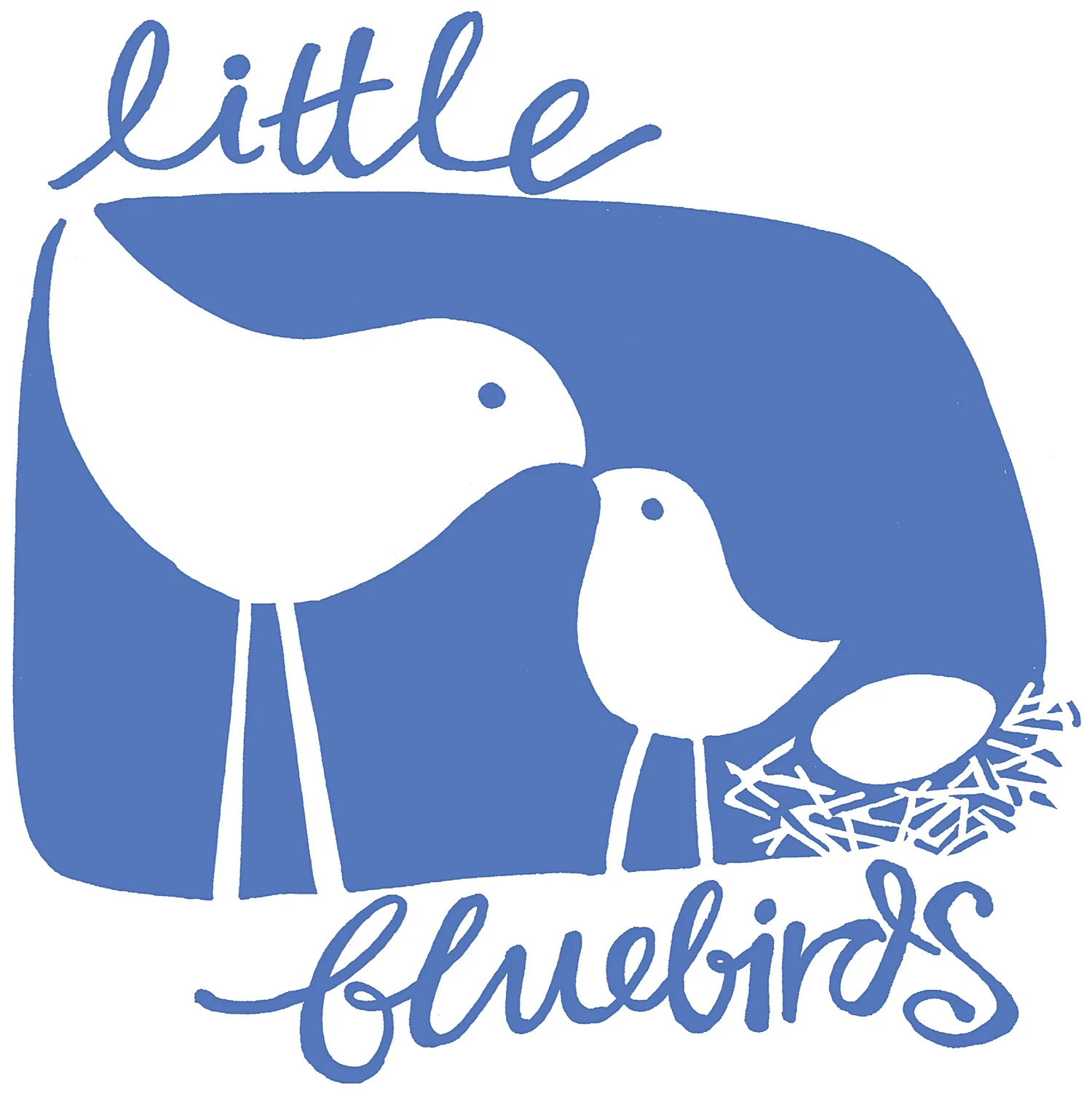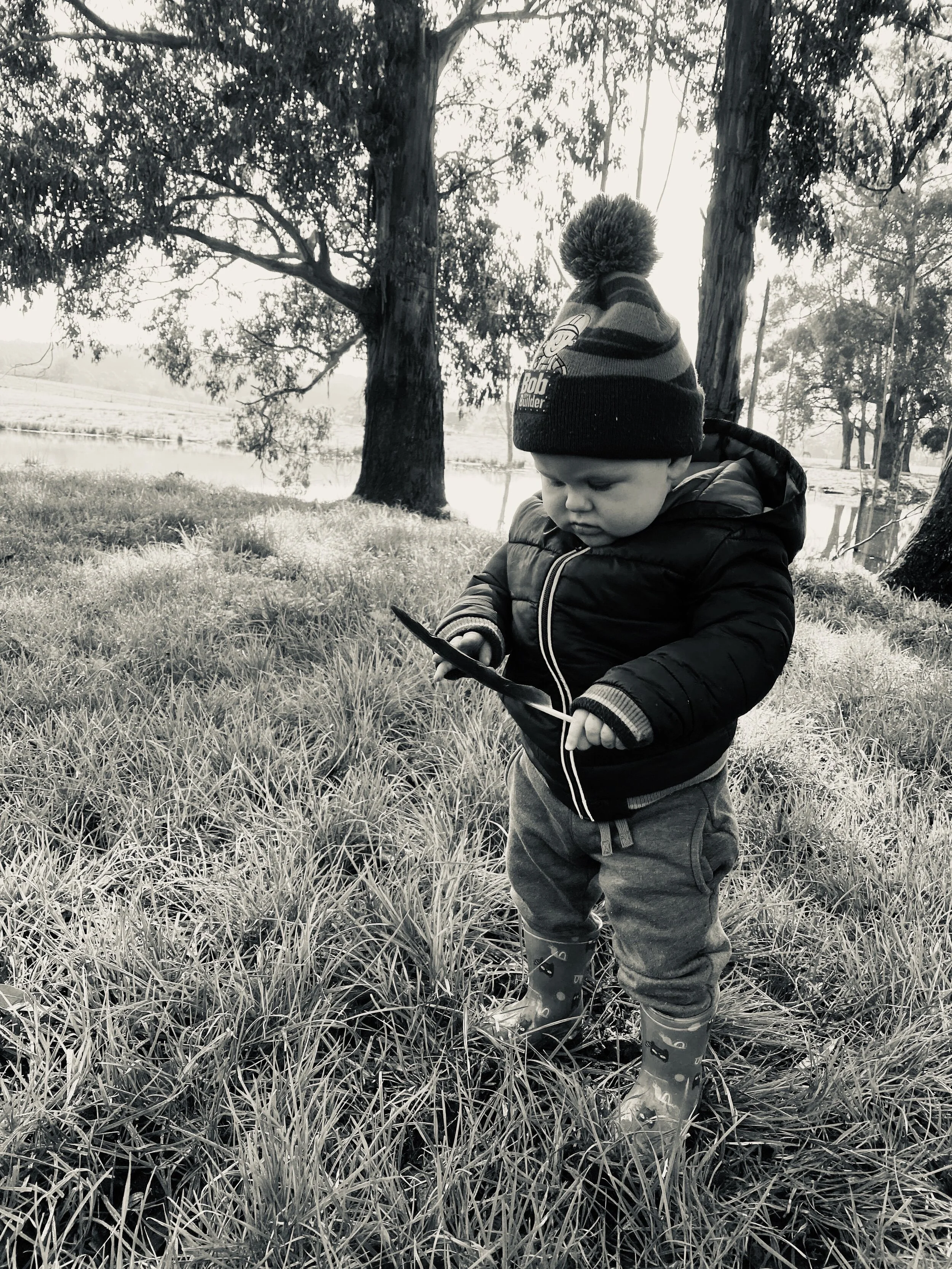Sensory development through play!
From a student’s perspective
Each year the Bluebird Foundation works with Deakin University to provide placement opportunities for third year Occupational Therapy students. In 2020 the students have been preparing resources that share with you their learnings about child development. Big thanks to our guest blogger, OT student Shamley for the following post.
The senses
From birth we develop and use our senses to explore and understand the world around us. This exploration is a crucial part of a child’s brain development, it supports fine and gross motor skills, problem solving skills, social interaction, and overall cognitive growth.
Sensory play
Sensory play is any activity that stimulates any of the following senses:
- Touch
- Smell
- Taste
- Movement
- Balance
- Sight
- Hearing
Sensory play has great benefits to children. For most babies and young children, sensory play is a natural instinct, however some children are not drawn to sensory experiences. Parents can support their child’s sensory growth by being mindful of their senses when they interact.
Easy ways to awaken your child’s senses
0-3months
Baby loves hearing your voice! Sing and chat to your baby throughout the day. Help your baby explore the world around them with soft bendy safe toys, different environments and experiences.
3-6 months
When holding your baby, face them outwards at times to allow them to see their surroundings. Offer your baby toys or safe objects with varying textures. This engages their interest and attention.
6-9 months
Point to objects and name what they are so your baby can hear. At this age, hand-eye coordination and eye control improves. This skill can be further developed by introducing toys that require gripping and finger movements.
9-12 months
Offer your baby soft finger foods to experiment with textures. Chat to your baby lots, they are taking in more than you think and although they may not be using words yet they are definitely listening.
1-2 years
Take your toddler outside. Let them play in nature, pick up sticks, play in the sand, allow them to discover their surroundings. Talk to them about it… “that stick feels smooth” or “this rock is heavy”.
The benefits of sensory experiences
Aids cognitive development: Sensory play supports children in learning how to identify different objects and various sensations. These can be hot and cold, smooth and rough or wet and dry. Imaginative play is a big part of sensory play.
Develops knowledge: Sensory activities aid in developments such as self-centred play as well as creativity. It encourages discovery of different sensations.
Supports inclusiveness and social skills: Sensory play is an inclusive activity as there is no right or wrong way to engage in this type of play. Often when children are engaging in sensory play they watch one another to see how to handle objects. They learn how to manipulate and mould materials but also other important social skills such as sharing and negotiating with others.
Builds fine & gross motor skills: Sensory play enables children to develop physical abilities such as muscle strength, co-ordination and dexterity. They develop fine motor skills by pinching, pouring, shaping/moulding with objects. Playdough is a very good sensory activity for improving a child’s hand strength. Hand-eye co-ordination is also involved in sensory play.
Supports language skills: Children often like to talk about their experiences and sensory play invites new words to describe new experiences.
Aids emotional regulation: Sensory play can help to calm a child who is feeling anxious or frustrated.
Prompts learning experiences: For most babies and young children sensory play is a natural instinct however some children are not drawn to sensory experiences.
Playing and learning
When a child is engaging in a sensory play you can quite easily support their learning by asking any of the following questions:
· What can you smell?
· What do you hear?
· What does it feel like?
· Can you describe the different items?
This blog post was written by me (Shamley) and I am in my 3rd year of Occupational Therapy. I was initially introduced to this career through my jobs as a support worker where I have been working with children in out-of-home care for almost 6 years. I hope to continue working with children and young adults when I am fully qualified.








